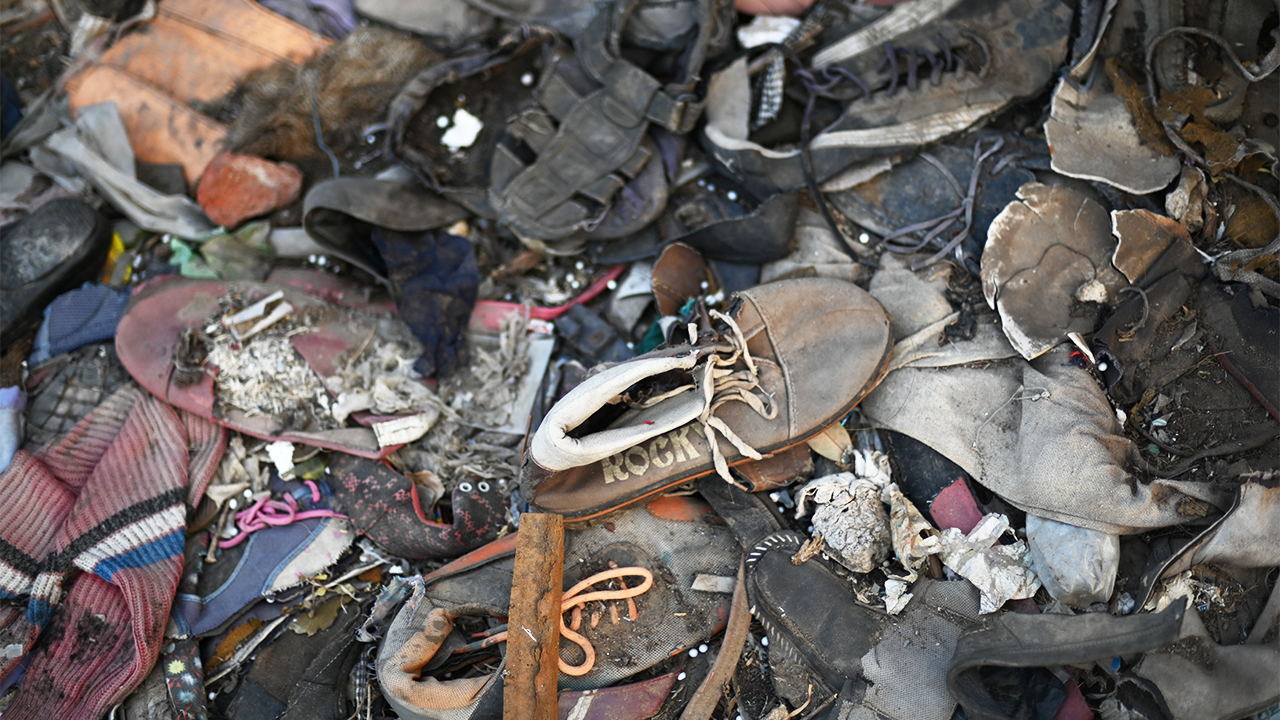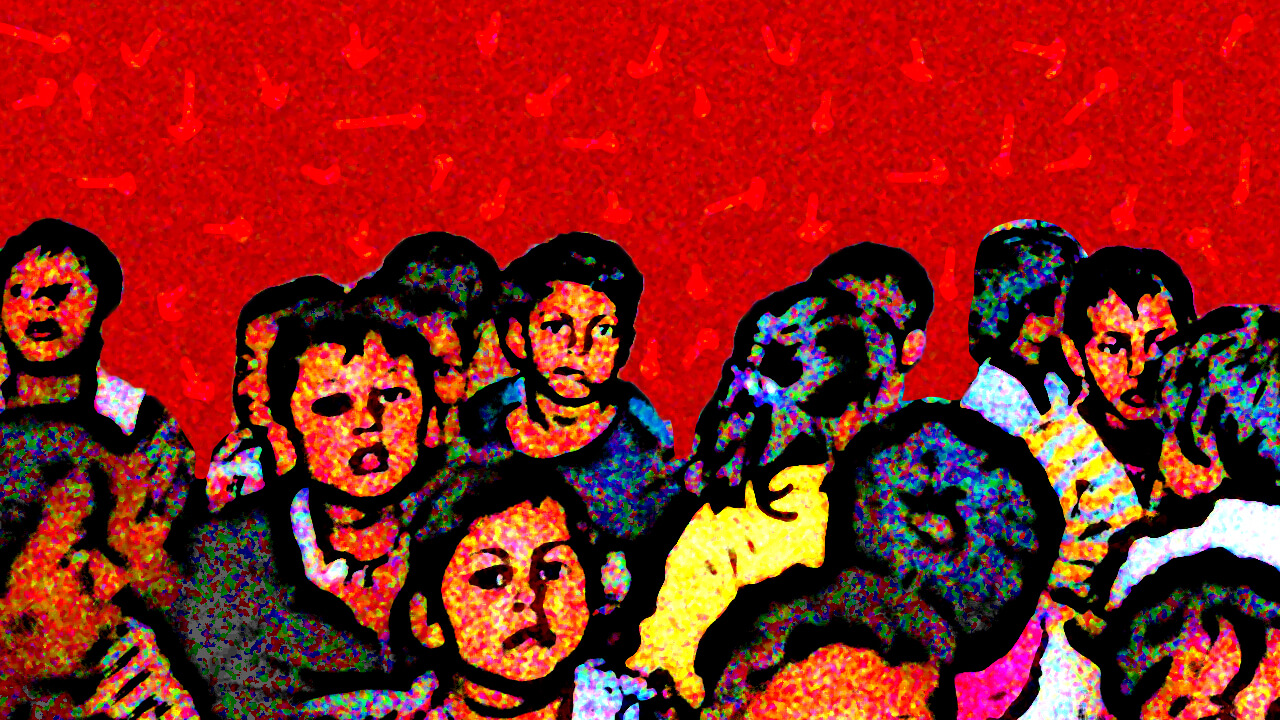admin
I help fin-tech digital product teams to create amazing experiences by crafting top-level UI/UX.

Pollution ka Solution is the outcome of a multi-stakeholder roundtable and cross-sectoral collaboration, backed by data and lived experiences from the most affected communities. The report lays out five key recommendations: a unified nodal agency for the airshed, a central focus on PM2.5, strengthening technical capacity for pollution-abatement, robust public health communications, and real-time neighbourhood monitoring.
Built on the principles of environmental equity and implementation readiness, the report offers not just what needs to be done, but how, and who needs to act.
With severe lung function impairments found among Delhi’s outdoor workers, and widespread gaps in awareness of terms like AQI and PM2.5, the report stresses the urgency of shifting from fragmented responses to integrated, science-informed strategies.
This is a report for policymakers, urban planners, citizens, and public health professionals alike, a collective call for cleaner air, built on evidence, equity, and shared responsibility.
I help fin-tech digital product teams to create amazing experiences by crafting top-level UI/UX.

Training waste workers and households in composting to divert wet waste from landfills and abate methane emissions.

Read More

How environmental contamination is impacting our children’s future
Support our initiatives so that we can reach more and more people and provide our support to the needy
Click on the blue round button at the bottom right corner of this page. You can also email our support team at support@example.com

Chintan, meaning thought/reflection in Hindi, is an environmental research and action group.
Subscribe to get the latest news form us
© 2025 Chintan Environmental Research & Action Group